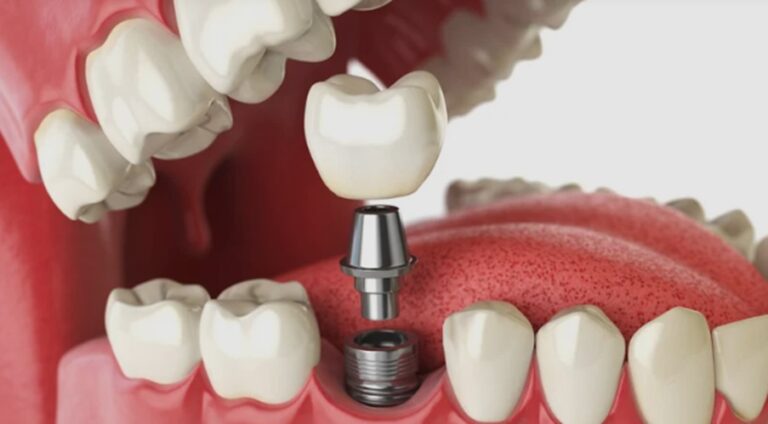
Carpal Tunnel Syndrome is the compression of the median nerve as it runs through the carpal tunnel. The specific syndrome that this article focuses on is known as “secondary” Carpal Tunnel Syndrome, meaning that it is caused by something else that has occurred to cause damage to the nerve. The most common example of this is rheumatoid arthritis, which can damage the joint around the carpal tunnel, thus causing pain and sometimes numbness. This may seem familiar, but it can result in severe nerve damage, permanent loss of function, and even require surgery if not treated.
Early treatment by a specialist in carpal tunnel syndrome in North Austin is vital if you have the condition. This article looks at the different non-surgical treatment options you can take advantage of to recover from the disease. Read on for more.
Non-Surgical Options
- Wrist Splinting
If you are looking for a non-surgical alternative, your doctor may prescribe wrist splints. This is used in the early stages of the disease when it has not yet caused permanent damage. You will have to wear one on both wrists at night so that your hands are in a neutral position while you sleep. This works by keeping your wrists from curling inwards, which puts more pressure on the carpal tunnel and causes the pain to get worse.
Wrist splinting may work for a while, but this method is very limited in its ability to recover from Carpal Tunnel Syndrome properly. Wearing a wrist brace all day can be uncomfortable, and many people report that they end up taking it off whenever possible. This does not allow the muscles and nerves to rest and recover, only delaying your recovery from symptoms properly.
- Non-Steroidal Anti-Inflammatory Drugs
As with most forms of treatment, NSAIDs are valid for only the early stages of Carpal Tunnel Syndrome. These drugs are usually recommended for around six weeks to allow enough time to heal some of the inflammation surrounding the median nerve. If you have more advanced symptoms, however, these drugs may not help at all.
- Corticosteroids
Injection of corticosteroids is a standard method of treatment for Carpal Tunnel Syndrome. This provides quick relief from the pain, allowing you to properly use your hand and keep it functional while waiting for other therapies and treatments to take effect. If you find that splinting isn’t working out well, consider asking your doctor about this treatment option.
- Ergonomic Changes
Your doctor may prescribe ergonomic changes to help prevent your wrist from bending into a painful position and provide support for the muscles in your arm. This is often combined with splinting to keep the wrist in a neutral position. While at rest instead of bent over the desk all day long.
In summary, carpal tunnel syndrome is the compression of the median nerve as it runs through the carpal tunnel. If left untreated, it can cause nerve damage or permanent loss of function. However, early intervention can help you avoid surgery through several treatment options, such as ergonomic changes, especially if the cause is work-related. Other treatment options include ergonomic changes, corticosteroids, and non-steroidal anti-inflammatory drugs.




